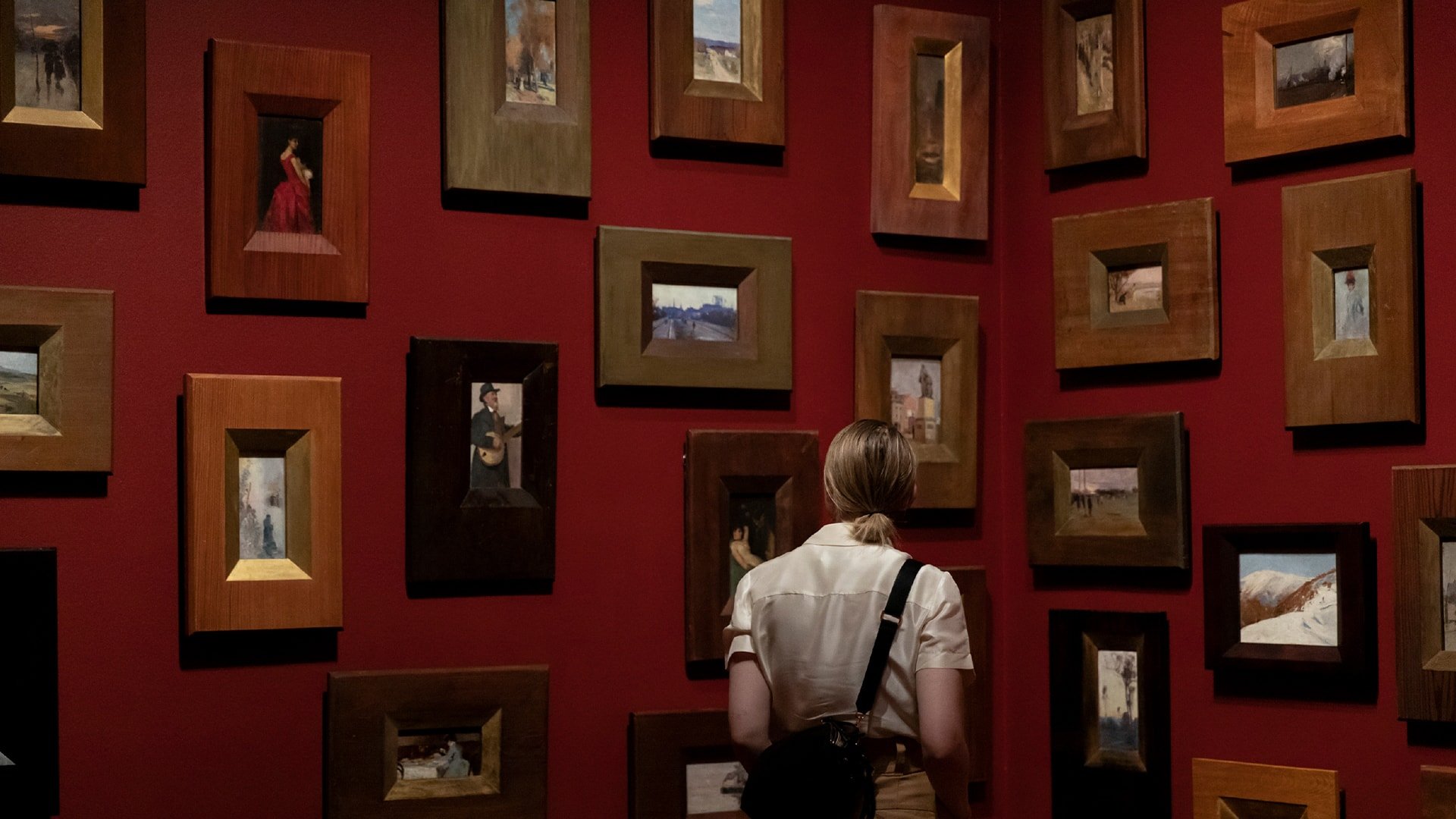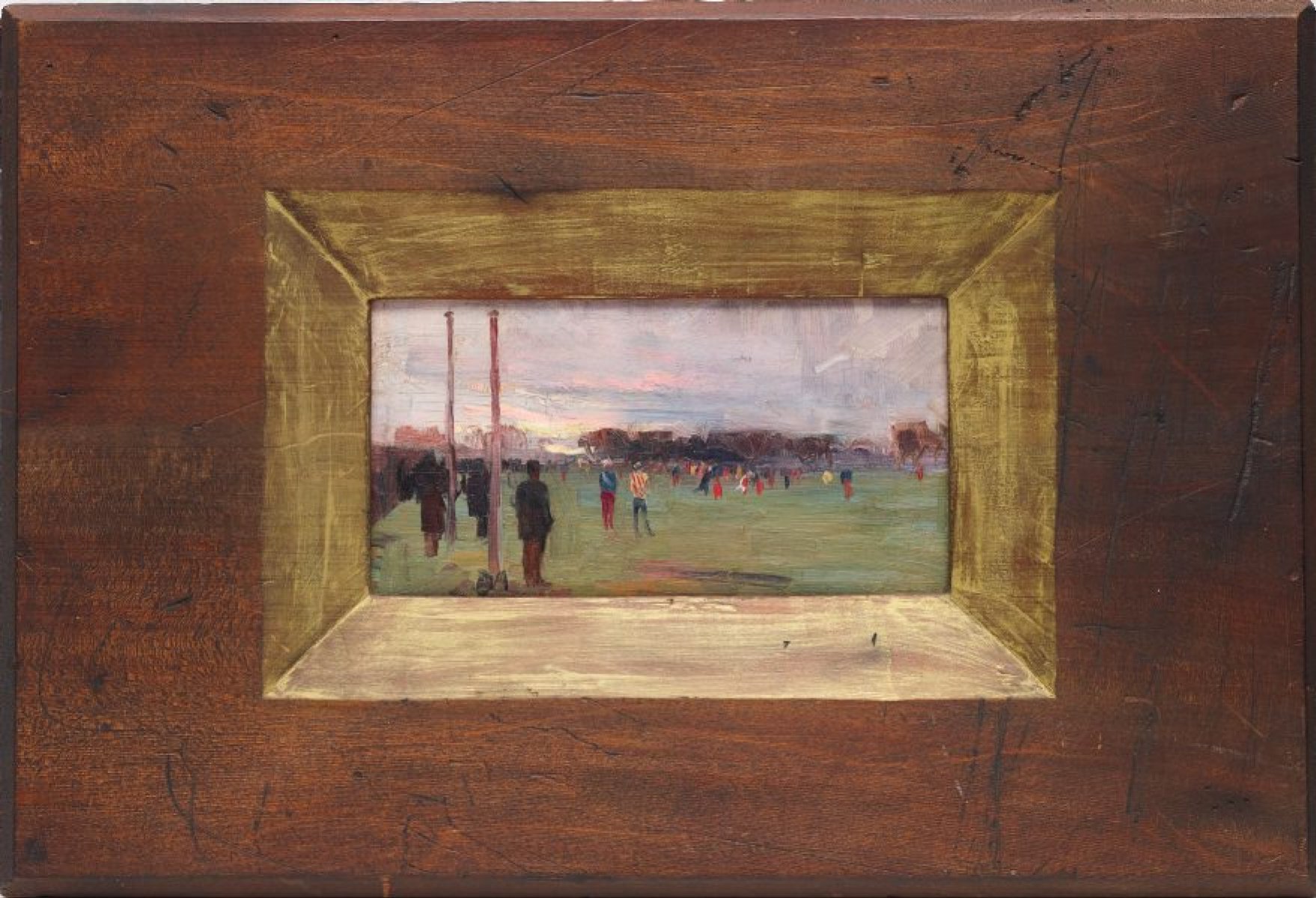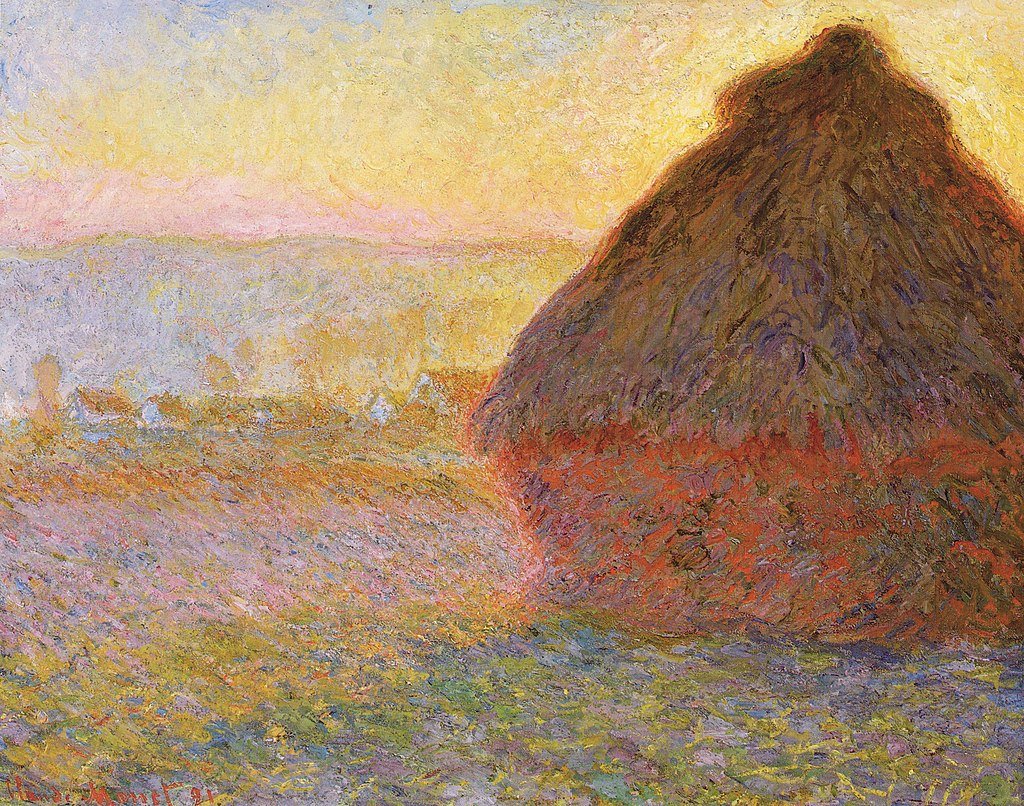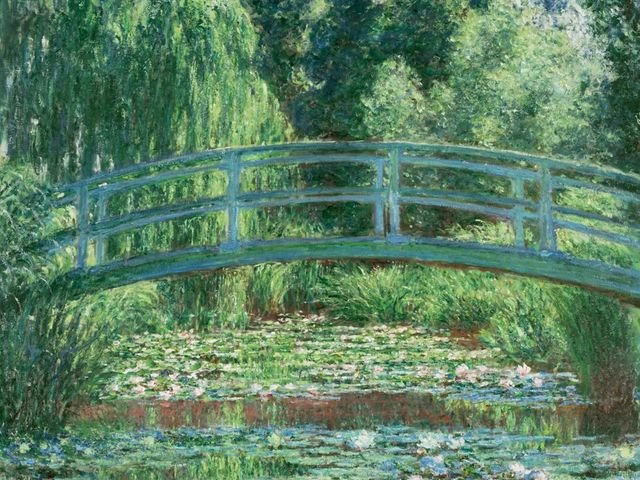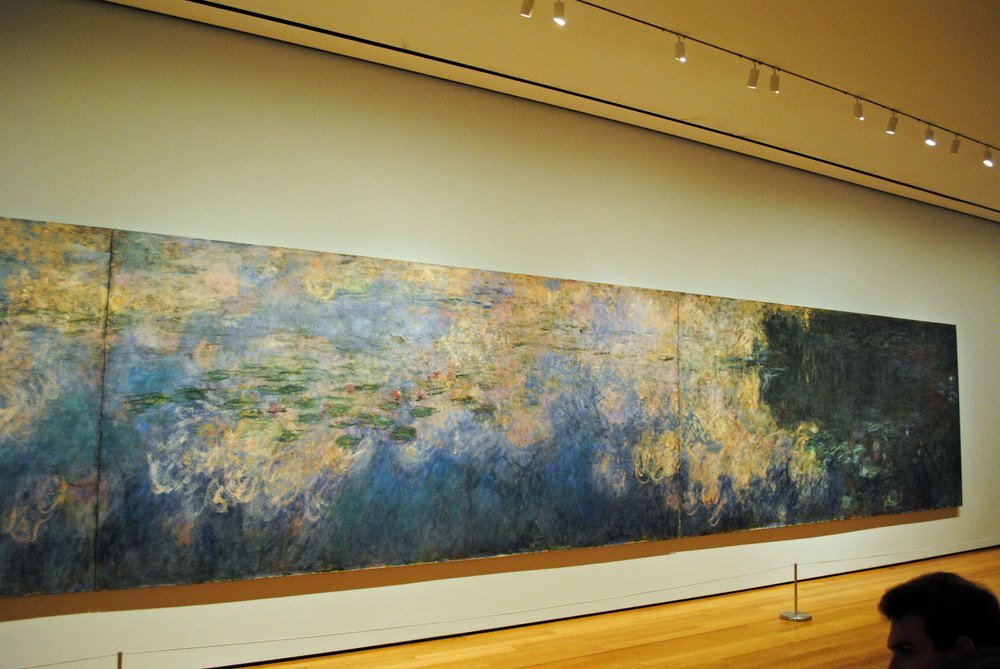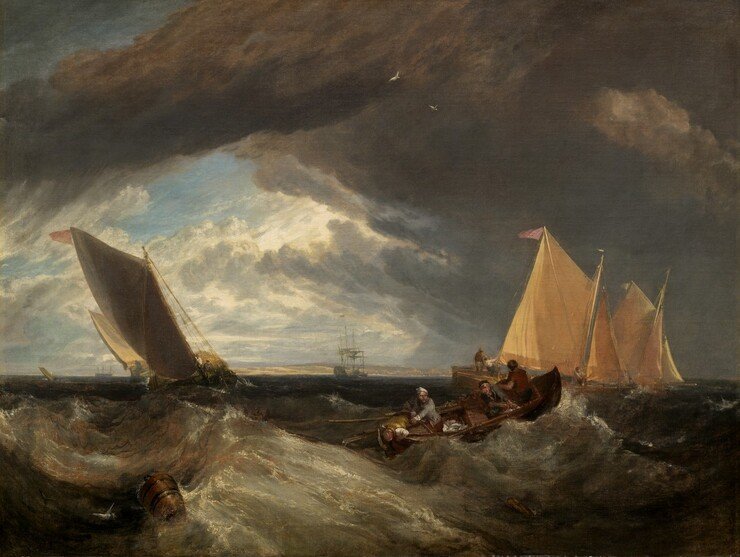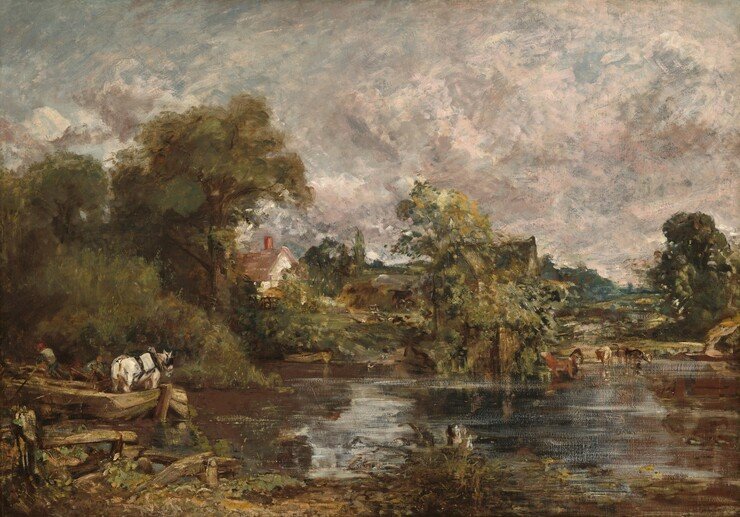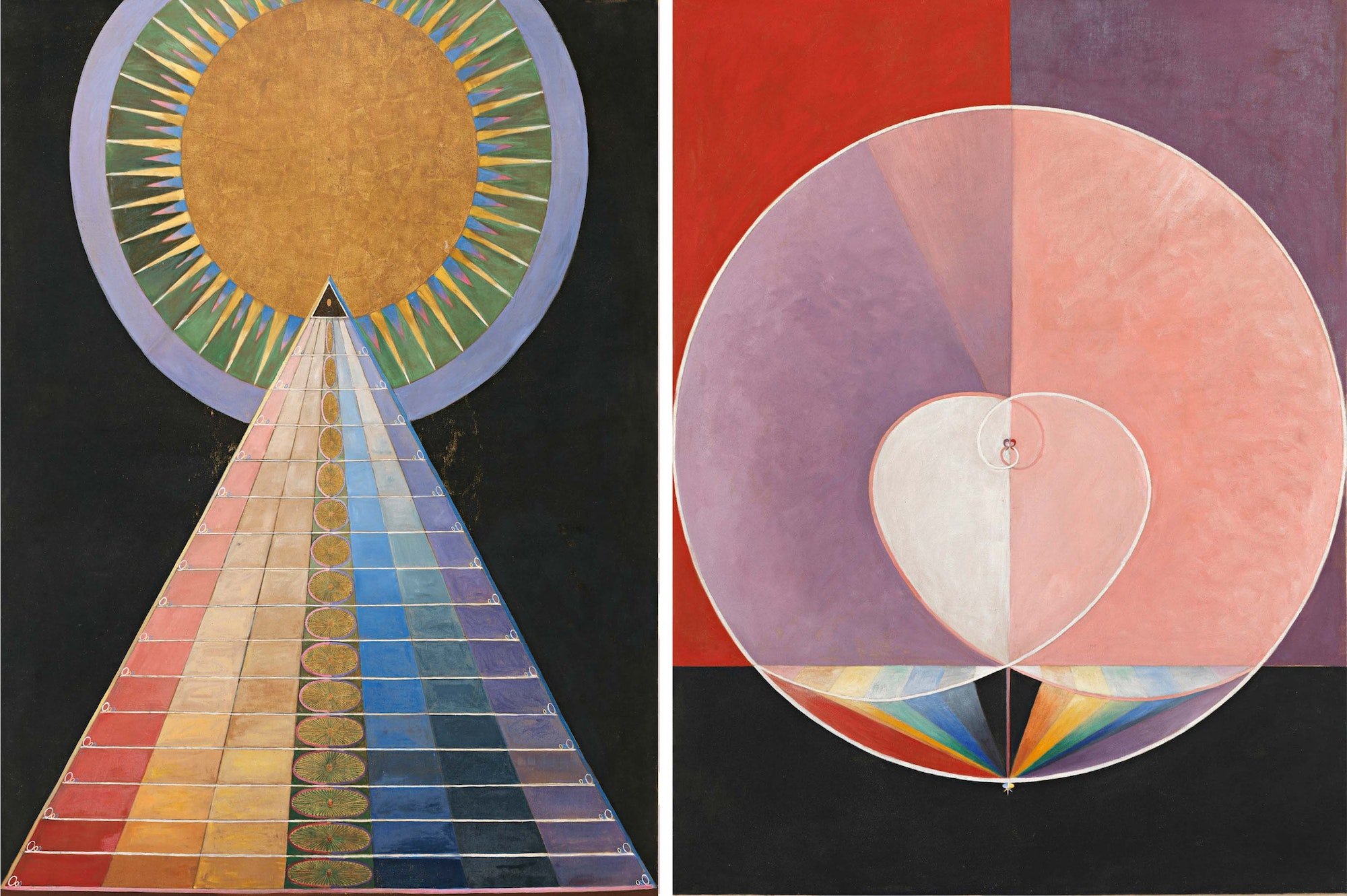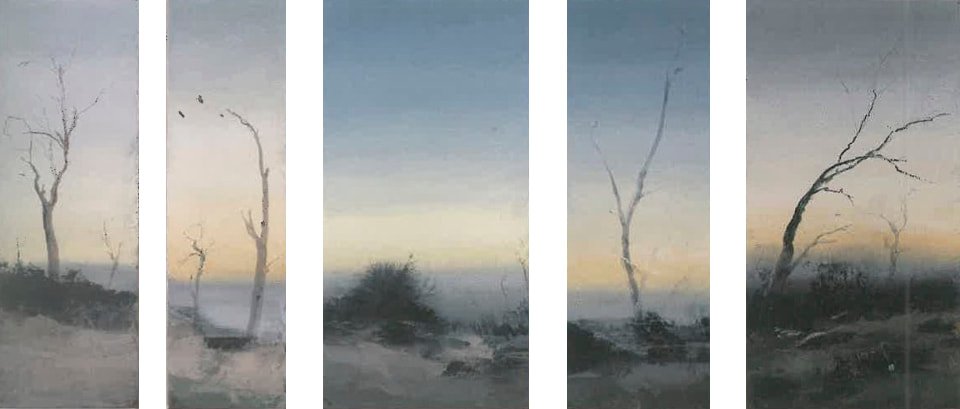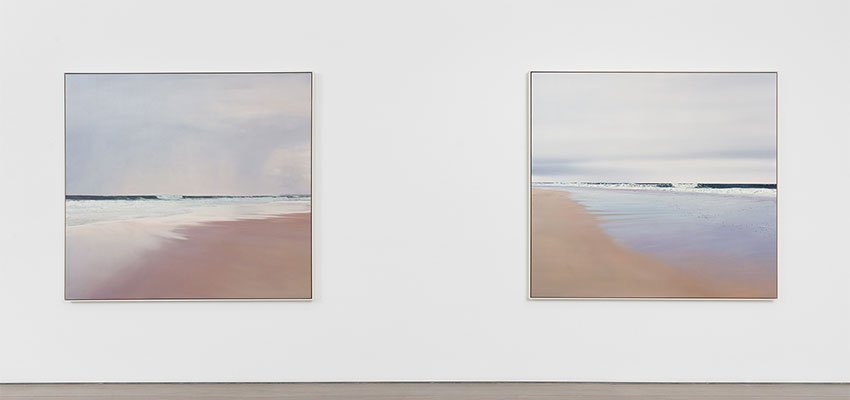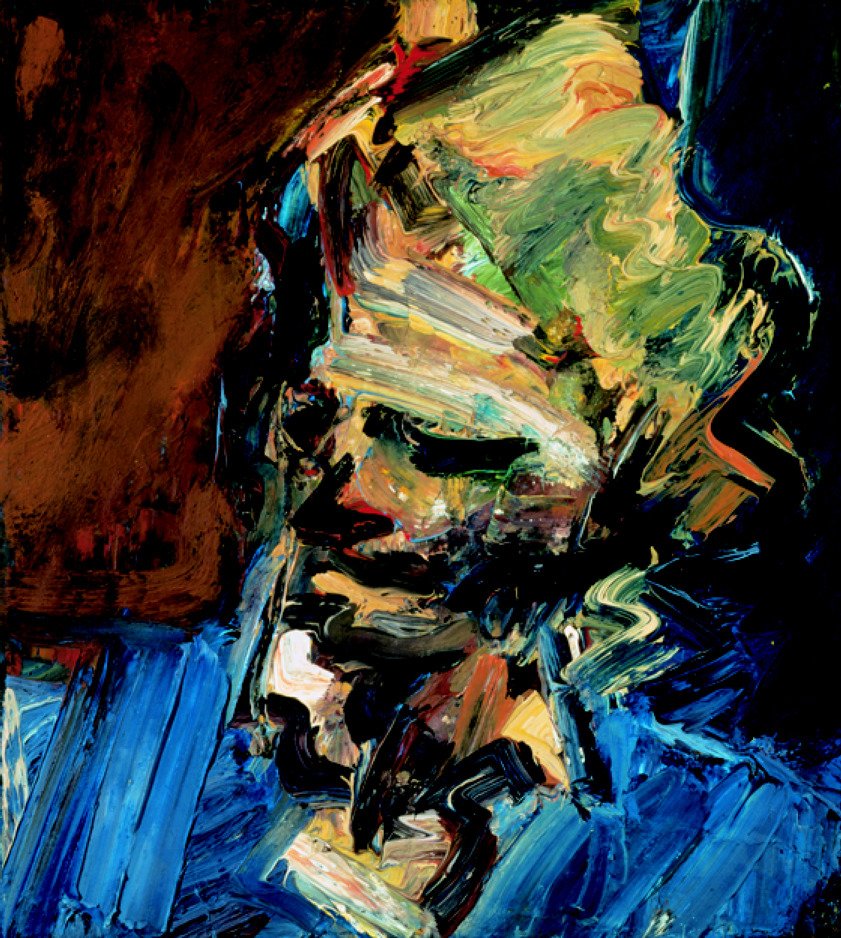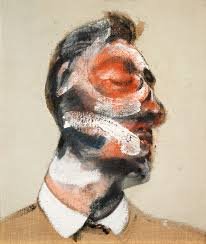Paying Homage To My Art Heroes
‘I am becoming more lucid before nature, but with me the realising of sensations is always painful. I cannot attain the intensity that is unfolded before my senses’ - Cezanne
I’ve been thinking that it would be good to write about my favourite artists and periods with recommendations of books, but where do I start as there are so many. I’ve been studying art for over 30 years and during this time I’ve explored everything from Greek Mythology to Postmodernism (and everything in between).
Australian Impressionists 19C
I think it makes sense for me to start at home, Australia. Being an Australian landscape painter I have always felt a strong connection with the Australian Impressionists (1800s) including Jane Sutherland, Clara Southern, Streeton, Condor, McCubbin, Roberts, and Russell. The innovative way they saw our unique Australian light and landscape through the lens of paint is forever breathtaking. The power of a single stroke of paint, it can describe wondrous light as it falls from the afternoon sky, or how the movement of tall grass as it blows in the wind. Visiting the (9x5) en plein air cigar box paintings from these artists at the Art Gallery of New South Wales is always a delight, and feels like I’m visiting old friends.
Recently AGNSW exhibited Streeton retrospection and published ‘Streeton’. I highly recommend checking it out, it really is a wonderful book.
I truly believe that people identify with their native landscapes, and this is particularly true for us Aussies; our distinctive landscape has become part of our national psychology. In the past, I’ve spent time working and exhibiting in Europe. Despite the fact that I loved every minute, my work always felt out of place against the backdrop of the European low sky, soft light and delicate foliage. Australian painters certainly have their own visual vernacular to describe our iconic bush environment and this is certainly demonstrated in the work of our masterful Australian Impressionists.
French Impressionists 19C
I’d be remiss if I didn’t include the French impressionists in my love affair with art history. We all adore Van Gogh, Monet and Cezanne. Their work is both timeless and seemingly effortless. I think I safely speak for all when I say time emerged in their seas of colour and marks is always time well spent. Recommendation wise, there’s not one book that stands out amongst the rest, however in terms of films, I did thoroughly enjoy ‘‘ At Eternity’s Gate” about Vincent Van Gogh, directed by Julian Schnabel, starring Willem Dafoe.
Enlightenment and the Romantics 18thC
Above all else, my favourite period is the Enlightenment and subsequently the Romantic 1685-1815. I utterly adore these periods, not only for painting, but for art in all forms. Writers like Shelley, Keats, and Bryon together with philosophers such as Schopenhauer, were interested in the macabre, surreal, occult, supernatural and sublime. It was the time of the Industrial Revolution, when artists and philosophers were seeking answers to some truly big questions. Nature was also a big part of this period, artists like Turner and Constable often painting en plein air to gain authenticity in their work. During the Romantic period there was a disenfranchisement with industry and population growth. Artists responded to this in their work through the lens of nature.
Hilma Af Kilnt 20C
I was recently introduced to the world of Swedish artist Hilma Af Klint (1862-1944). What a revolutionary! For years she kept her work hidden as she felt the public were not ready for it. Interestingly, this considerable body of work features abstract shapes and patterns which predates the first purely abstract compositions by Kandinsky, Mondrian. These artists were believed to be the founders of abstract art, however perhaps Af Klint should be considered a pioneer of the movement too. Her spirituality played a big role in the development of her work and although she was a landscape painter and tertiary trained she developed a significant body of work which was inspired by her faith. There are many books out now about her work but I do recommend. Book: Hilma Af Klint, Paintings for the Future, Guggenheim Publication
Post Modernism 20C and 21C
Fast forward to today and Post Modernism, we have the Modern Sublime movement which seeks influence from The Sublime in the Romantic movement written about above.
Australian artists included here are Fred Williams, to a contemporary setting with Chris Langlois, Bill Henson, Dale Frank, and Philip Wolfhagen. Like the classic Romantic painters such as Freidrich and Turner, these artists delve into the mysterious and melancholic side of nature, searching for answers to their questions on life and beyond. BOOK: New Romantics: Darkness and Light in Australian Art – Simon Gregg
Delving further into a contemporary setting, I am moved by the English Painters Bacon, Freud and Auerbach. Their painting methods and applications of paint are divine and set in among the British Expressive figurative painters. I seek out these paintings when I visit the Art Gallery of NSW. I had the opportunity to see Bacon’s work in Venice when I was just 18. I was on a bus tour with my mum and when we were given an hour free time to explore Venice. I took myself to the museum to see Bacon’s retrospective, and it changed the way I saw art and painting. My response to his work was visceral and instantaneous, I had goosebumps and started to cry. That feeling has stayed with me all these years, and he’s been a favourite ever since.
In closing I’d like to end with the present day. Within our world of social media and the unlimited potential of meeting amazing creatives I have to mention the work of some Australian contemporary painters who are carving a path in the world of painting. I intend to write another post sharing the work of these artists who are namely women. I’m often in awe of their work, their approach and commitment to their craft. It is inspiring. I want to share all of them here but if I was to leave someone out it would be remiss of me, so I’ll refrain for now. Needless to say that I’m so grateful for being part of this time where we can connect with creatives around the world who are pushing the boundaries of painting. I often wonder what time we are now in. Is Post Modernism dead?
I’d enjoy hearing from you to continue this discussion.
The future is here.
What period are we currently living in?
Yours in art,
Bec xoxo


